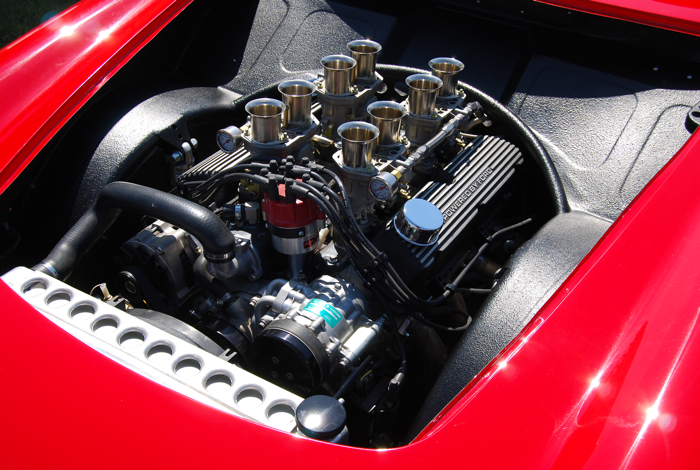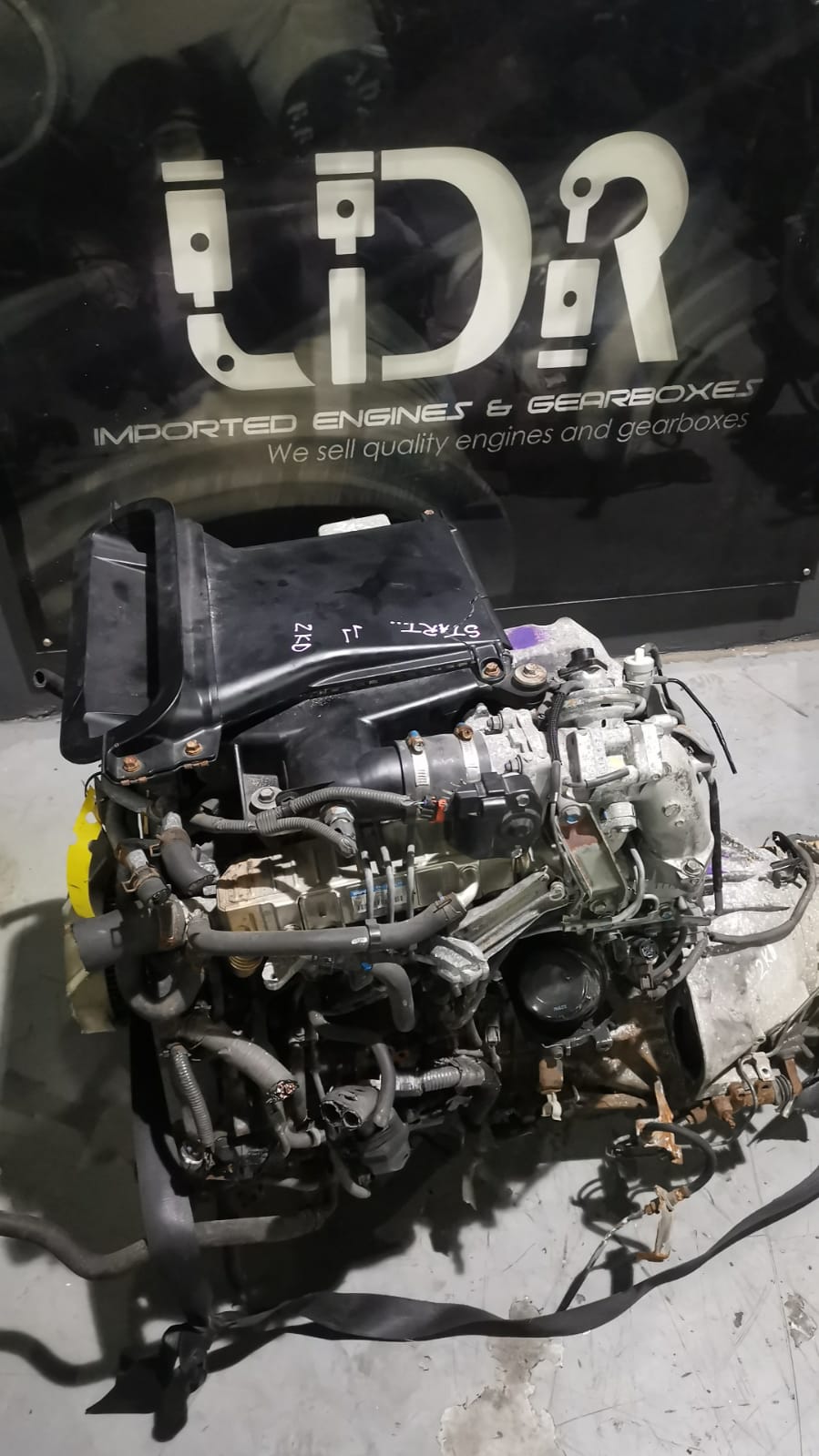Opel Corsa Engine: Top Tips for Maintenance and Treatment
Opel Corsa Engine: Top Tips for Maintenance and Treatment
Blog Article
Powerful and reliable Small Automobile Electric Motor Efficiency Analysis
Analyzing the performance of tiny car electric motors is a nuanced job that requires an eager eye for detail and a deep understanding of vehicle design principles. The equilibrium between performance and power is critical for providing a driving experience that is both satisfying and cost-effective when it comes to compact automobiles. By examining vital metrics such as horsepower and torque, in addition to examining gas efficiency, we can reveal understandings right into how tiny car engines can be maximized for peak performance. Furthermore, checking out future fads in little automobile electric motor modern technology assures to reveal cutting-edge strategies that could improve the landscape of vehicle engineering.

Small Car Motor Efficiency Metrics
In evaluating the performance of little car electric motors, key metrics such as velocity, fuel efficiency, and power result play a crucial function in determining their overall performance and suitability for different driving problems. Velocity, measured in secs from 0 to 60 miles per hour, suggests how rapidly a little vehicle can reach higher speeds, which is important for merging onto freeways or surpassing various other automobiles. Fuel performance, generally gauged in miles per gallon (MPG), reflects exactly how far a small auto can travel on a gallon of fuel, impacting running costs and environmental sustainability. Power outcome, expressed in horse power (HP) or kilowatts (kW), symbolizes the engine's capability to generate the needed pressure to move the automobile, affecting its efficiency in numerous roadway conditions. By reviewing these efficiency metrics comprehensively, suppliers, vehicle drivers, and vehicle enthusiasts can make educated decisions regarding the option and optimization of little automobile motors to meet their specific needs and preferences.

Horse Power and Torque Analysis
With a fundamental function in recognizing little car motor horse power, torque and efficiency evaluation provides understanding right into the engine's power delivery characteristics. In the context of tiny vehicle motors, horse power is critical for figuring out velocity, leading speed, and general performance. By understanding the relationship in between horse power and torque, auto engineers can optimize engine performance to satisfy the certain demands of little cars and truck applications.
Fuel Performance Examination
The assessment of fuel effectiveness in small vehicle motors plays a critical duty in identifying their economic and environmental effect. Gas effectiveness refers to the ability of a vehicle to make use of gas efficiently in regard to the range traveled. In tiny car electric motors, where compact size commonly correlates with better gas economy, numerous variables affect efficiency. Engine style, weight, the rules of aerodynamics, and driving conditions all contribute to just how successfully fuel is eaten.
To evaluate fuel performance, metrics such as miles per gallon like this (MPG) are commonly used. This measurement shows the range a lorry can take a trip each of fuel. Little automobile motors that accomplish greater MPG scores are taken into consideration extra fuel-efficient, leading to expense savings for motorists and decreased exhausts that profit the setting. Suppliers continually aim to boost gas performance with improvements in engine innovation, lightweight products, and wind resistant designs.

Maximizing Small Automobile Engine Efficiency
Enhancing the performance of small automobile engines is vital in maximizing efficiency and decreasing functional costs. Maximizing little cars and truck engine performance involves an alternative method that thinks about different aspects such as engine style, fuel management systems, and overall lorry characteristics.
One more important consider optimizing tiny auto engine efficiency is the utilization of innovative innovations such as turbocharging or hybrid systems. These innovations can boost power output without endangering fuel efficiency, supplying a balance in between efficiency and economic climate. Moreover, enhancing engine performance additionally entails improving burning effectiveness, lowering frictional losses, and improving thermal monitoring systems.
Future Trends in Small Car Motors
In light of progressing automobile innovations and the continual quest of optimum small auto engine efficiency, an exploration of future fads in tiny auto electric motors ends up being imperative - opel corsa engine. One popular trend coming up is the increasing assimilation of electric powertrains in small vehicles. As the click here to read vehicle sector changes towards sustainability and minimized discharges, more tiny automobile producers are purchasing electrical motor modern technology to improve effectiveness and environmental kindness
Another considerable fad is the advancement of smaller sized yet more effective turbocharged engines for little autos. By downsizing engine capacities and integrating turbocharging innovation, car manufacturers can achieve higher power outcomes while keeping gas effectiveness. This fad straightens with the growing customer need for tiny autos that deliver a vibrant driving experience without endangering on fuel economic climate.
Furthermore, the emergence of crossbreed powertrains in little cars is anticipated to gain traction in the future. Hybrid systems supply the benefits of both inner burning engines and electric motors, providing enhanced performance and gas performance. As innovations in battery innovation proceed, tiny car motors are most likely to become even much more powerful and efficient, catering to the advancing needs of read consumers and governing needs for cleaner transport solutions.
Final Thought
To conclude, the evaluation of little cars and truck electric motor efficiency metrics such as gas, horse power, and torque performance is vital in maximizing engine performance. By reviewing these variables, suppliers can improve the general effectiveness and power output of small vehicle electric motors (opel corsa engine). Future trends in small vehicle electric motors are likely to concentrate on enhancing efficiency while maintaining fuel efficiency, making sure that tiny autos remain to be a reliable and affordable selection for customers
By examining crucial metrics such as horsepower and torque, as well as assessing fuel effectiveness, we can reveal insights into how small automobile engines can be enhanced for peak performance. Optimizing tiny vehicle engine efficiency entails an alternative technique that takes into consideration numerous factors such as engine style, fuel administration systems, and total car dynamics.In light of progressing automotive modern technologies and the continuous pursuit of optimum small cars and truck engine efficiency, an expedition of future fads in tiny car motors ends up being important.In conclusion, the analysis of little car motor efficiency metrics such as fuel, torque, and horsepower effectiveness is vital in enhancing engine performance. Future fads in small vehicle motors are most likely to focus on boosting efficiency while preserving fuel effectiveness, ensuring that small automobiles proceed to be a cost-effective and dependable choice for customers.
Report this page